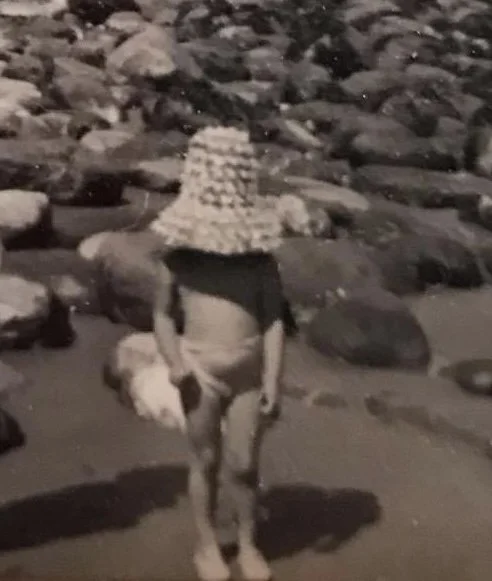Milton Head Pottery, Geoparks and the Guzzledown Connection
Mansands Brixham
My mother, Jenny, was a sun worshipper. She was born in Lyme Regis and although she went to London to find work, she came back with my father to the South West and Brixham to open Milton Head Pottery 1950 – 59 and to find what he called ‘the peace and serenity of this little town’. This, he said, was essential for him to later become a success as a writer.
They raised a family in Higher Brixham which was formerly known as Cowtown and we lived in the area of Guzzledown. The names were lost for a long time but were revived towards the end of the 20th century, remembering an ancient demarcation between the fishing and farming settlements
In the summers before I started school, my mother and I walked my sisters to their school tucked behind a high Devon mud and hazel bank. We then walked on together to the beach. On either side are the fields with their hedges and corridors, rustling with the traffic of wildlife, all adorned with a spotty campion canopy. Behind our chosen spot, the pastures top the cliffs, a crown encircling us as the afternoon sunrays blink on the incoming tide as we leave to collect my sisters.
The terracotta clay in the pottery, the ochre sails of old fishing smacks, cerulean sky and Prussian sea, the obvious territory of the coastal artist which I am not, I am more an artist of symbols and allegory that explore my cultural identity. I deconstruct and reconstruct the relationship between my family’s art and the popular cultural influences on adolescence into a new context of art and text.
Subliminally in my work there runs a seam of earthiness, a well of blue water, a smudged landscape. A backdrop where a family can survive. Icarus can fall or an alien can landin a geopark coastal village amongst the particles from the bronze age fragments found in Brixham Cavern, minglingin the dust from Milton Head Pottery

